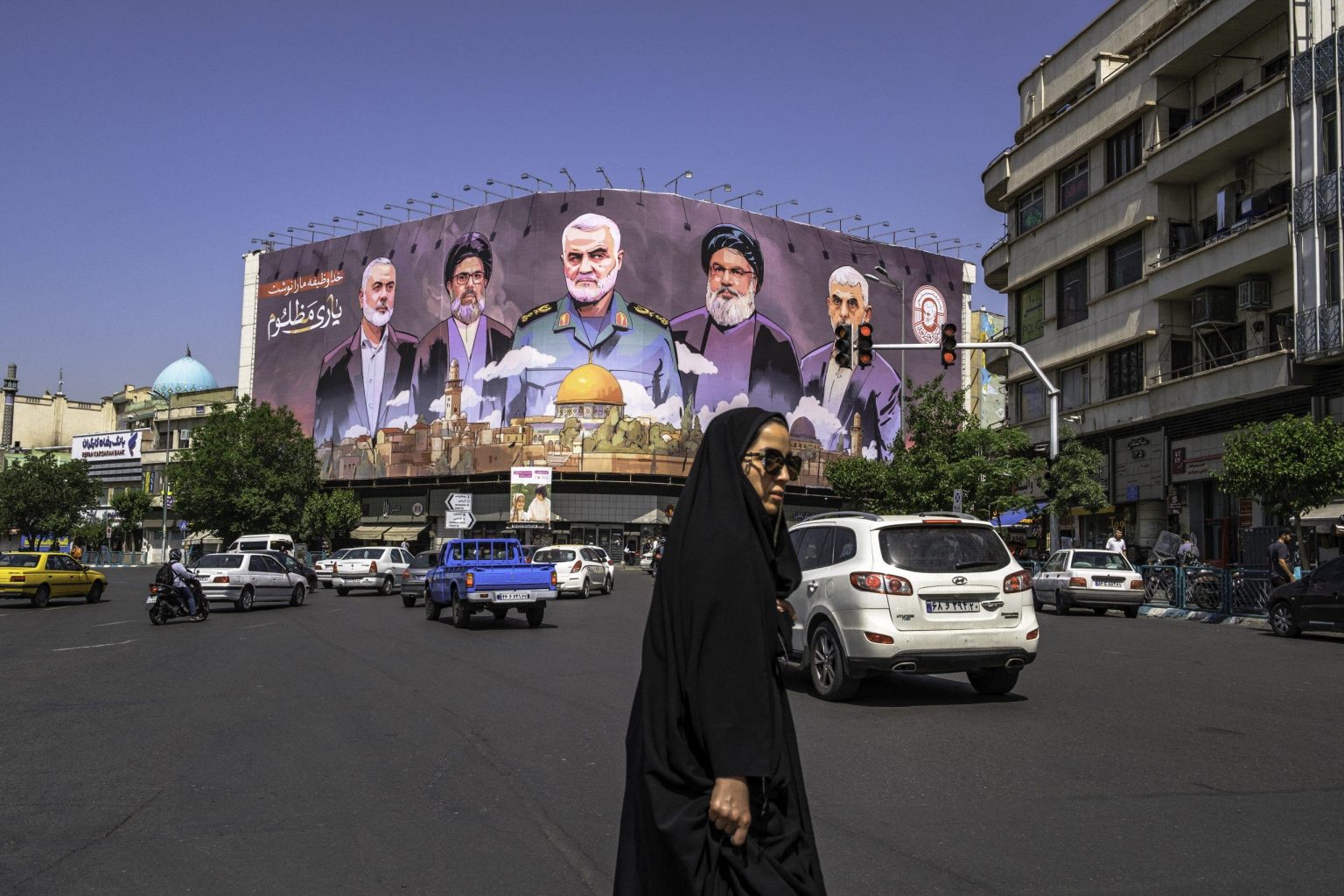In a significant escalation of military tensions, Israel has conducted an extensive aerial operation against Iran, reportedly one of its most ambitious in recent history. This meticulously planned strike involved numerous Israeli fighter jets targeting key nuclear and military installations across Iran, underscored by years of covert intelligence work by the Mossad. Branded “Am Kelavi” or Rising Lion, the operation highlighted unprecedented collaboration between Israeli military and intelligence agencies, aiming to neutralize critical threats posed by Iran’s advancements in military technology.
| Article Subheadings |
|---|
| 1) Overview of the Operation |
| 2) The Role of Mossad and Israeli Intelligence |
| 3) Targets Hit and Their Significance |
| 4) The Regional and Global Reactions |
| 5) Implications for Future Military Operations |
Overview of the Operation
On early Friday morning, Israel initiated a large-scale military operation against Iran, officially codenamed “Am Kelavi” or Rising Lion. This operation marks a pivotal moment in the ongoing tensions between the two nations. The strikes targeted numerous sites associated with Iran’s military capabilities, especially its nuclear program. The operation’s complexity required coordination across various Israeli defense and intelligence sectors, demonstrating an in-depth understanding of Iranian military operations and infrastructure. This precise timing and execution reflect years of preparation and intelligence gathering, primarily orchestrated by the Mossad.
The Role of Mossad and Israeli Intelligence
The Mossad played a central role in the execution of the operation. Israeli intelligence agencies utilized an extensive network of agents within Iran to gather vital information, strategically planning the strike for maximum impact. According to senior Israeli officials, the operation involved a “mass of agents” deeply embedded within various sectors of Iranian society, operating under extreme secrecy. Specific details about the operations were meticulously gathered, ensuring that the timing and effectiveness of the airstrikes would neutralize Iranian retaliation efforts. The coordination among the Israeli Air Force, Military Intelligence Directorate, and Mossad was unprecedented, showcasing a unified front in terms of strategy and execution.
Targets Hit and Their Significance
The strikes focused on several key sites, including Iran’s primary uranium enrichment facility located at Natanz, which represents a cornerstone of Iran’s nuclear ambitions. Israeli military spokesperson Brig. Gen. Effie Defrin characterized the site as an underground compound featuring advanced centrifuge halls. The airstrikes aimed at eliminating critical infrastructure, including missile stockpiles and military leadership. Reports indicated the successful targeting of high-ranking Iranian scientists and military commanders, which were considered pivotal for the Iranian military structure. The operation aims not only to reduce Iran’s current military capabilities but to send a clear message regarding Israel’s willingness to act decisively when national security is threatened.
The Regional and Global Reactions
In the aftermath of the strikes, reactions poured in from various geopolitical leaders and analysts. Iranian officials labeled the attacks as a “declaration of war,” signaling a major heightening in diplomatic tensions. The rapid replacement of military leaders by Iran showcases an immediate response to the threat posed by Israel. Additionally, Iran’s allies in the region prompted discussions on countermeasures, raising fears of a potential arms race in the Middle East. International observers noted that global geopolitical alliances may be tested as nations respond to this unexpected escalation.
Implications for Future Military Operations
The comprehensive and sophisticated nature of this military operation raises significant questions about future conflicts in the region. Analysts suggest that Israel’s ability to execute such a complex mission may inspire further military action against perceived threats. This operation highlights not just Israel’s military prowess but also the effectiveness of its intelligence capabilities. As nations reevaluate their defense strategies, there is a growing concern over the potential for similar operations to occur in other geopolitical hotspots. The implications extend beyond the immediate conflict, indicating a shift in how nations might operate on the global stage, with intelligence and precision-targeted strikes becoming more central to military strategy.
| No. | Key Points |
|---|---|
| 1 | Israel conducted a comprehensive aerial strike against Iran’s military and nuclear targets. |
| 2 | The operation, named “Am Kelavi,” demonstrated extensive planning and intelligence work. |
| 3 | Key targets included Iran’s uranium enrichment facility at Natanz and military leadership. |
| 4 | Iran condemned the strikes, labeling them a “declaration of war,” with swift military leadership changes. |
| 5 | The operation may reshape future military strategies and geopolitical dynamics in the region. |
Summary
The recent Israeli airstrikes on Iran represent a significant event within the realm of international military strategy. With advanced preparations and insights from Israeli intelligence, the operation underscores the ongoing tensions in the Middle East and raises critical questions about future military engagements. As Iran seeks to regroup and respond to this unprecedented challenge, the global community watches closely for signs of escalation or new alliances forming as a result of these developments.
Frequently Asked Questions
Question: What were the main objectives of the Israeli airstrikes on Iran?
The main objectives of the airstrikes included targeting Iran’s nuclear program and military infrastructure, specifically facilities like the Natanz uranium enrichment site.
Question: How did Israeli intelligence prepare for the operation?
Israeli intelligence, particularly the Mossad, engaged in long-term infiltration and intelligence gathering within Iran, utilizing a network of agents to assess military targets and plan the strikes effectively.
Question: What was Iran’s response to the airstrikes?
Iran condemned the attacks, calling them a “declaration of war,” and swiftly initiated changes in its military leadership to address the strategic losses suffered during the strikes.


